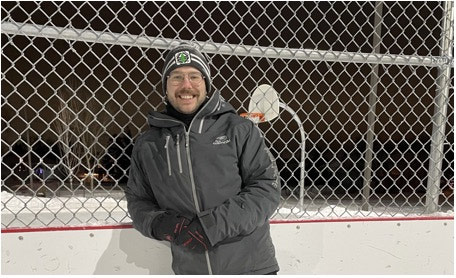Doctor shortage in Quebec's Outaouais region: solutions, challenges, and new initiatives
Tashi Farmilo
The family doctor shortage has been an ongoing concern for residents in the Outaouais region of Quebec. With the growing population in municipalities like Aylmer and the increasing demand for medical professionals, many are left wondering where to turn. To provide insight into the current situation, I sat down on a zoom call with Dr. Emmanuelle Britton, Directrice adjointe DSPPC - soutien à la pratique, and Dr. Marcel Guilbault, Directeur régional de médecine générale (DRMG).
The most significant challenge is the recruitment of family doctors. As Dr. Guilbault highlighted, the region is allowed only 19 new general practitioners this year, an increment from last year's 17. However, considering the retirements, the net gain is minimal. About ten doctors are expected to retire in 2024, and each doctor typically manages over a thousand patients.
However, there's a silver lining. The accessibility to family doctors has improved, despite the shortage. Patients without a designated family doctor are directed to a specific group when they have a medical concern identified by the Guichet d'accès à la première ligne (GAP). Patients can call 811, extension 3, and explain their health issue to a nurse, who then decides if a doctor's visit is required.
For English-speaking residents, the challenge might seem even greater. However, as Dr. Guilbault stated, accessibility has significantly improved. When individuals call, they get an answer the same day, and they often get transferred to a nurse within minutes.
On the subject of recruiting, Dr. Guilbault mentioned an agreement called "7-7-4" with the Quebec Federation of Family Doctors (FMOQ). This enables Ontario doctors, especially those living near the border or in Ottawa, to work in Quebec for up to 90 days a year without facing penalties. This helps alleviate the burden, even if just temporarily.
Moreover, Dr. Britton emphasized the importance of other medical professionals in the care system. With the lack of family doctors, professionals like pharmacists are stepping up. In Quebec, they can prescribe treatments for conditions such as shingles and help with smoking cessation.
Another initiative to ensure more residents have access to care is the Centre d'expertise en gestion des maladies chroniques de l'Outaouais (CEMCO), which provides specialized services for chronic diseases. Patients can either self-refer or get referred by a doctor.
In response to the query about emergency room visits, both doctors acknowledged that residents often turn to the emergency room for minor issues due to the lack of family doctors. They highlighted various communication campaigns, promoting alternative access points, and encouraging residents to consider visiting pharmacists or using the 811 service before heading to the emergency room.
To the Aylmer residents feeling stressed about the situation, Dr. Britton offered assurance, "We're all very aware and sensitive about the situation and everybody is mobilized for recruitment." She highlighted the increasing efforts in making the practice attractive for medical students and is hopeful that the academic trend will help in long-term recruitment and retention of doctors in the region.
Both Dr. Britton and Dr. Guilbault expressed their commitment to improving the situation and ensuring that the residents of the Outaouais region have access to the care they need.
The ongoing challenge of doctor shortage is not unique to this region, but the collective efforts of the medical community, government initiatives, and community support offer hope for a better future.
Photo caption: Unoccupied chairs in Outaouais, a visual testament to the region's urgent need for more medical professionals.
Photo credit: Tashi Farmilo






